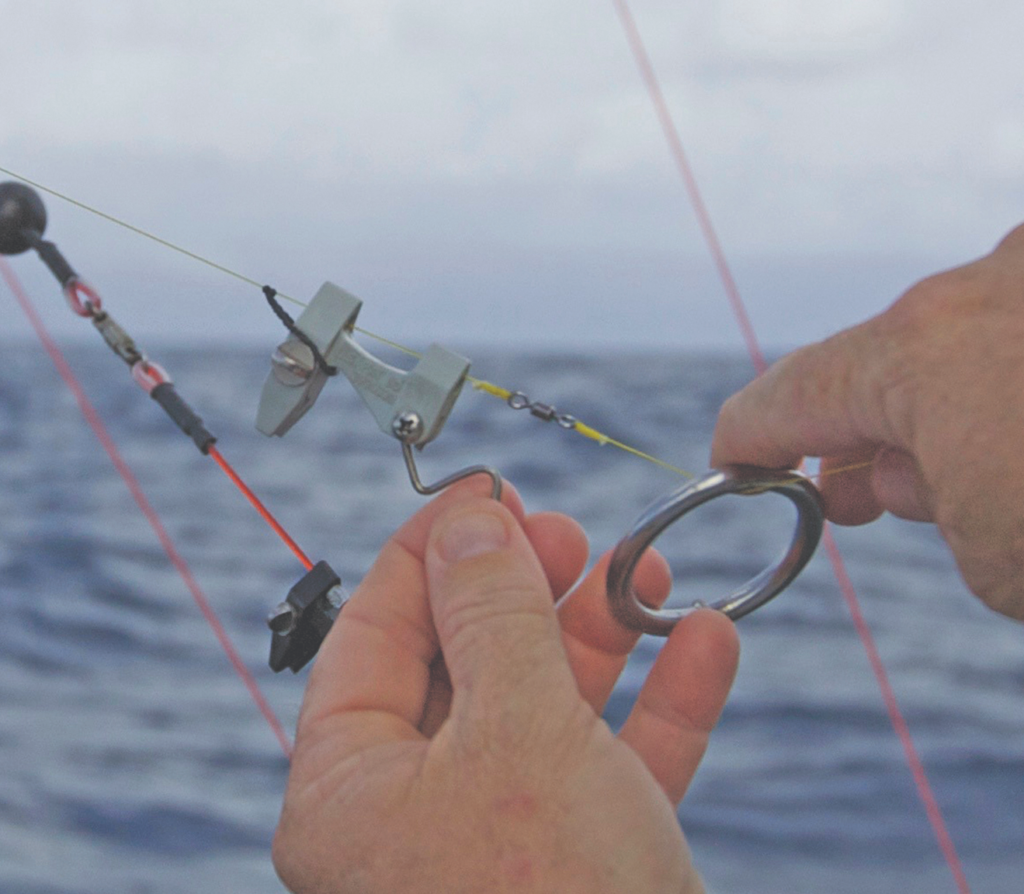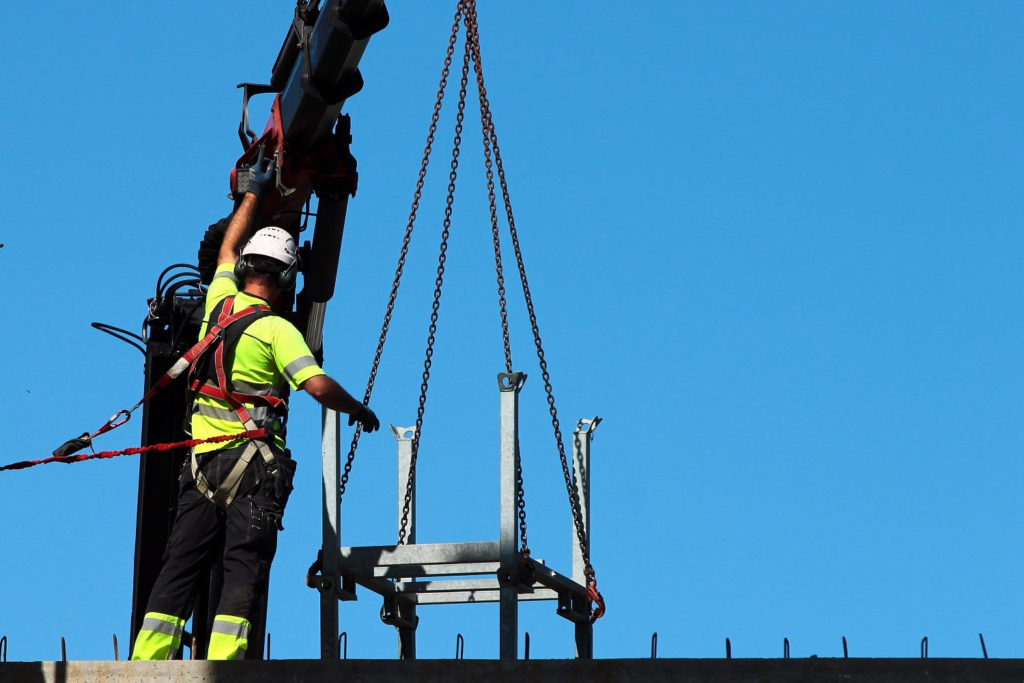Water balloons are one of the simplest yet most enjoyable ways to add excitement to any event. Whether it’s a light-hearted water fight on a hot summer day or an elaborate prank, the versatility of water balloons has made them a favorite in various settings. But what if you could take your water balloon game to the next level? Enter “Rigging Wasserbomben,” the art of preparing and setting up water balloons with specific modifications or mechanisms to create a range of outcomes—from timed bursts to launching them with precision.
This guide will cover everything you need to know about rigging Wasserbomben, including the tools and techniques required, as well as the creative ways to use them. By the end of this article, you’ll have the knowledge to rig water balloons like a pro, whether for fun or for a more complex project. Let’s dive in!
Understanding the Art of Rigging Wasserbomben
The term “Wasserbomben” translates to “water balloons” in German, and “rigging” refers to preparing or setting up the balloons in a way that makes them perform in a specific manner. Rather than simply tossing balloons around and watching them burst on impact, rigging Wasserbomben involves using various techniques to control the bursting mechanism, timing, or direction of release. This can include setting up triggering mechanisms, modifying balloon designs, or incorporating additional components to achieve the desired effect.
Water balloon rigging is commonly associated with pranks, water fights, and science experiments. However, it’s also an essential part of certain engineering demonstrations, where principles of pressure, tension, and motion are explored. By rigging water balloons, you can manipulate the moment of impact, control where the water goes, or even create a spectacle of water bursts.
Essential Elements for Rigging Wasserbomben

Before you start rigging your Wasserbomben, it’s crucial to understand the key components that will determine the success of your rigging. Here are some of the most important aspects to consider:
1. Material of the Water Balloon
The first factor in rigging Wasserbomben is selecting the right type of balloon. Traditional water balloons are typically made from latex or rubber, but variations of silicone balloons are also available. These materials determine the strength of the balloon, its elasticity, and how it behaves under pressure.
- Latex Balloons: These are the most common and widely available. They expand when filled with water, making them suitable for most rigging methods. However, they also burst easily under too much pressure.
- Rubber or Silicone Balloons: These tend to be more durable than latex and are often used in more complex rigging projects where the balloon needs to withstand some mechanical stress before bursting.
2. Water Volume and Balloon Size
The size and volume of the water balloon will significantly impact how it behaves once rigged. A balloon that’s overfilled or underfilled will not burst as expected. Therefore, it’s important to use the right amount of water for your specific rigging technique.
- Overfilled Balloons: If you fill the balloon too much, it might burst prematurely due to excess pressure.
- Underfilled Balloons: Balloons that are too small or have too little water might not burst with the same dramatic effect, which can diminish the impact of your rigging.
Therefore, you need to find the right balance, depending on the type of rigging you’re planning.
3. Attachment Methods
One of the most crucial steps in rigging Wasserbomben is how you plan to attach or secure the water balloons. Depending on the rigging method, you might need strings, tripwires, hooks, or even electronic attachments. Here are some common attachment methods:
- Strings: You can tie balloons to strings or wires that are attached to various triggering devices or mechanisms.
- Hooks: Water balloons can be hung on small hooks that will release them at the right moment.
- Containers: Some rigging techniques involve placing water balloons inside boxes or containment units, which open to release the water at a precise moment.
4. Environmental Considerations
Where you choose to rig Wasserbomben can affect how they perform. Outdoor elements like wind, temperature, and humidity can influence how quickly a balloon bursts or whether it bursts at all. For example, in colder weather, latex balloons might become less flexible and more likely to break under pressure.
Therefore, always consider the environment when planning your rigging setup to ensure everything works smoothly.
Popular Techniques for Rigging Wasserbomben

Now that we’ve covered the essential elements, let’s explore some of the most popular rigging techniques used to create water balloon setups with specific outcomes.
1. Timed Detonation Rigging
One of the most exciting ways to rig Wasserbomben is by creating a timed detonation. This means setting up a mechanism that triggers the balloon to burst after a certain period, whether by mechanical or electronic means. Here are two ways to achieve this:
- Mechanical Timer: This simple device uses springs, gears, or levers to trigger the burst at a specified time. For example, a spring-loaded mechanism could hold the balloon in place until it is released after a certain amount of time has passed.
- Electronic Timer: This method involves setting up an electronic timer that triggers the balloon’s release at a specified time. This can be useful in more elaborate setups, such as party pranks or even science experiments. Using a small battery-powered timer, you can wire it to a release mechanism that will pop the balloon once the countdown is complete.
2. Water Balloon Catapult
For a more dramatic effect, you can rig water balloons to be launched using a catapult-like mechanism. The idea is to use elastic bands or springs to propel the balloons into the air or at a specific target.
- Elastic Bands: Strong elastic bands can store potential energy that’s released to launch a water balloon. The greater the tension on the bands, the farther the balloon can be launched.
- Catapult Design: The design of the catapult is critical for controlling the direction and distance of the launch. The arms of the catapult should be able to withstand the tension of the elastic bands, while the launch angle should be adjusted for maximum impact.
3. Tripwire Triggering Mechanism
Another popular method of rigging Wasserbomben is using tripwires. A tripwire system works by connecting a thin wire to the neck of the water balloon, which is then attached to a trigger. When someone trips the wire, it pulls the trigger and causes the water balloon to burst.
- Wire Sensitivity: The key to a successful tripwire setup is ensuring that the wire has the right amount of tension. Too little tension, and it may not trigger the balloon, while too much tension could cause it to trigger prematurely.
- Placement: Carefully place your tripwires in strategic locations where the balloon will be triggered when needed. Make sure the area is clear of obstacles, and the wire is taut but not overly tight.
4. Water Balloon Release Mechanism
For controlled releases, especially in scientific experiments or larger demonstrations, you can set up a release mechanism to drop the water balloon at the right moment. This could involve:
- Gravity-Based Release: A simple mechanism involves holding the water balloon in place until a release lever is activated. Once activated, gravity pulls the balloon downward, causing it to burst upon impact.
- Motorized Mechanisms: For larger setups or more complex demonstrations, a small motorized device can be used to release the balloon. This is commonly used in physics experiments or for large-scale water balloon displays.
Safety Tips for Rigging Wasserbomben

When rigging Wasserbomben, it’s important to remember that safety should always come first. Using water balloons as part of an experiment or prank can be fun, but it can also lead to unintended consequences if not done properly. Here are some safety tips to consider:
- Over-Pressurizing Balloons: Never overfill a water balloon. An overinflated balloon is more likely to burst prematurely or cause injury.
- Electrical Safety: If using any electronic components, ensure they are well insulated and away from water. Electrical components can short-circuit when exposed to water, leading to fires or other hazards.
- Supervision: If you are using rigged water balloons in a public setting or around children, always supervise the activity to prevent accidents.
- Proper Disposal: After your rigging event, always clean up the remains of the water balloons to avoid littering and environmental harm.
Conclusion
Rigging Wasserbomben opens up a world of creative possibilities for anyone looking to add a little extra excitement to their water balloon activities. Whether you’re setting up timed explosions for a prank, launching water balloons with precision, or experimenting with mechanical systems, the skill of rigging water balloons adds a new layer of fun and complexity.
By following the guidelines provided in this article and considering all the safety aspects, you can safely and effectively rig Wasserbomben to achieve amazing results. Remember, practice makes perfect—experiment with different techniques and find out which works best for your needs. Most importantly, have fun with your creations and enjoy the thrill of seeing your rigged water balloons burst with perfect timing!
Explore the exciting world of rigging Wasserbomben with our expert guide, designed to elevate your water balloon setups to a whole new level of creativity and impact.



